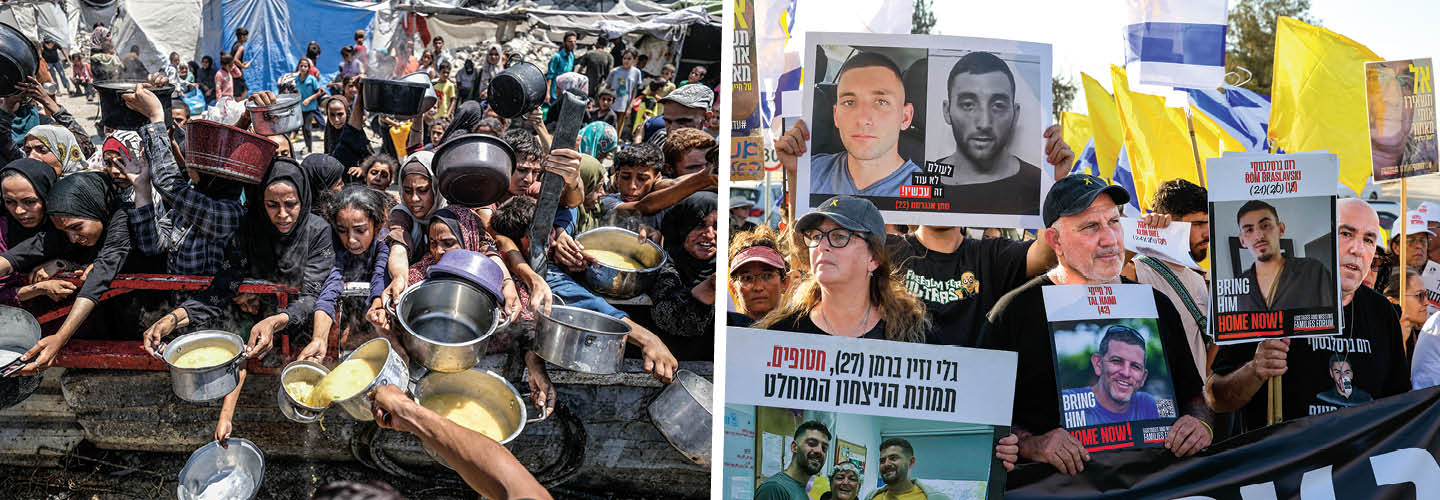After two years of devastating fighting, Israel and Hamas, the Palestinian militant group that governs Gaza, are at an impasse, unable to reach a deal to end the war.
The conflict began after a Hamas-led attack on Israel, on October 7, 2023. According to Israeli authorities, during that attack, roughly 1,200 people were killed and 250 others taken hostage, mostly civilians. The attack prompted the current war in Gaza, which has killed more than 60,000 Palestinians, including combatants and civilians, according to Palestinian health officials.
The two sides brokered two brief breaks in the fighting, most recently between mid-January and early March. As of press time, experts say both sides are refusing to make the necessary compromises for a permanent ceasefire.
In the meantime, Gaza is experiencing a severe hunger crisis; a United Nations-backed group has declared famine in the northern part of the territory. Israel, while still maintaining U.S. support, is under growing pressure to end the war from many of its traditional allies as well as its own citizens—who want to secure the return of the 20 remaining hostages still believed to be alive, along with the remains of 28 others.
Here’s what you need to know to understand the situation.
Israel and Hamas, the Palestinian militant group that governs Gaza, are at an impasse. They are unable to reach a deal to end the war after two years of devastating fighting.
The conflict began after a Hamas-led attack on Israel, on October 7, 2023. According to Israeli authorities, during that attack, roughly 1,200 people were killed. Another 250 people, mostly civilians, were taken hostage. The attack prompted the current war in Gaza. According to Palestinian health officials, 60,000 Palestinians, including combatants and civilians, have been killed.
The two sides agreed to two brief breaks in the fighting, most recently between mid-January and early March. As of press time, experts say both sides are refusing to make the necessary compromises for a permanent ceasefire.
In the meantime, Gaza is experiencing a severe hunger crisis. A famine has been declared in the northern part of the territory by a United Nations-backed group. Israel, while still maintaining U.S. support, is under growing pressure to end the war from many of its traditional allies as well as its own citizens. People want to secure the return of the 20 remaining hostages still believed to be alive, along with the remains of 28 others.
Here’s what you need to know to understand the situation.

